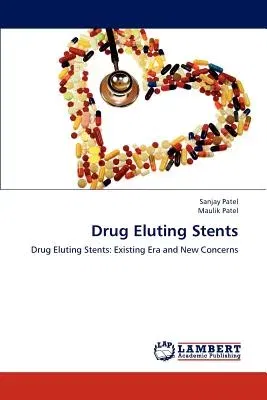Sanjay Patel
(Author)Drug Eluting StentsPaperback, 24 July 2012

Qty
1
Turbo
Ships in 2 - 3 days
In Stock
Free Delivery
Cash on Delivery
15 Days
Free Returns
Secure Checkout
Print Length
124 pages
Language
English
Publisher
LAP Lambert Academic Publishing
Date Published
24 Jul 2012
ISBN-10
3659195820
ISBN-13
9783659195822
Description
Product Details
Authors:
Book Format:
Paperback
Country of Origin:
US
Date Published:
24 July 2012
Dimensions:
22.86 x
15.24 x
0.74 cm
ISBN-10:
3659195820
ISBN-13:
9783659195822
Language:
English
Location:
Saarbrucken
Pages:
124
Publisher:
Weight:
190.51 gm

